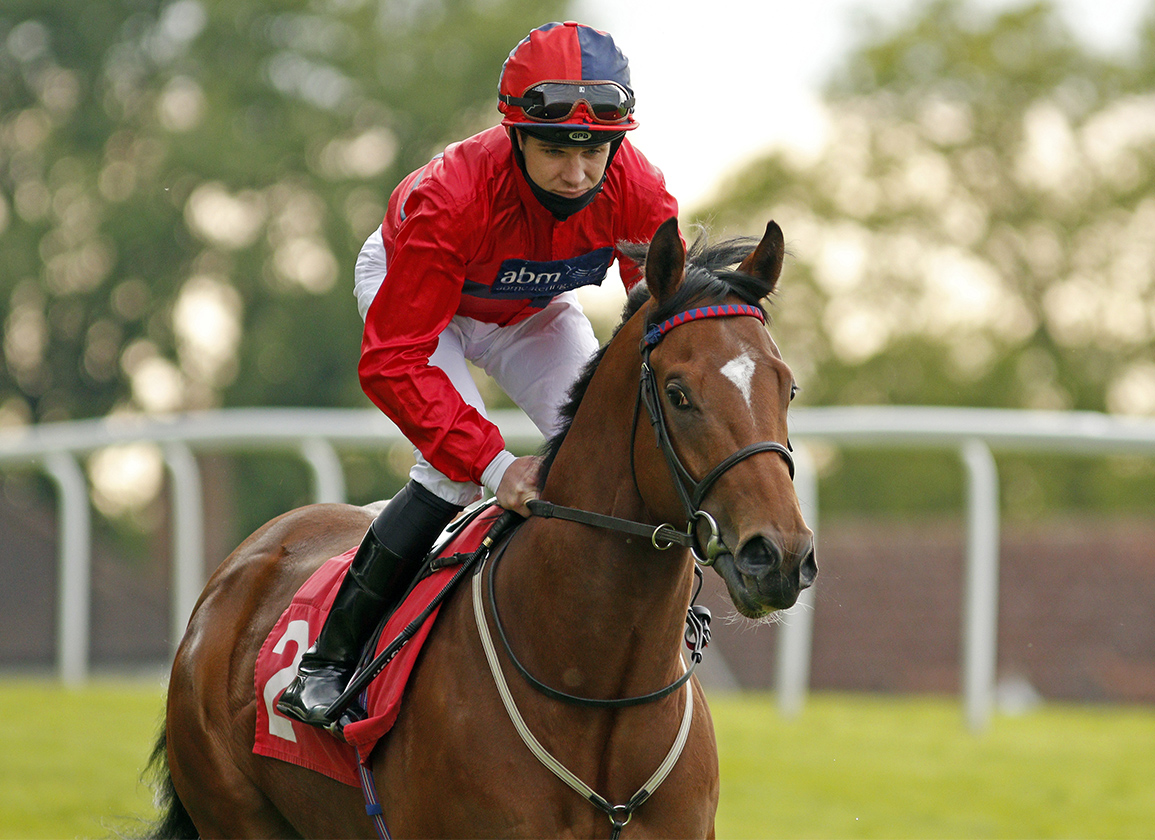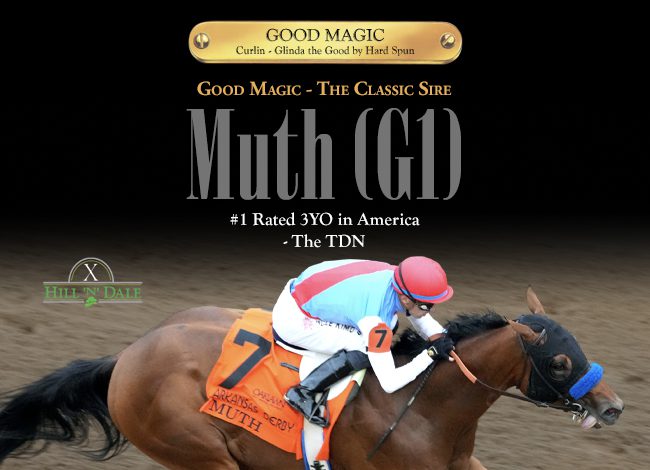By John Berry
For many years it was a tradition that the British Flat racing season would start on the Carholme at Lincoln towards the end of March and then finish at Manchester (and at Lingfield, which raced on the same afternoon) in November. Lincoln and Manchester have both now been lost in the mists of time, each having closed its doors in the 1960s. Happily, the season's first big race (the Lincolnshire H., as it became known in 1860, having previously been known as the Lincoln Spring H.) and its last big race (the Manchester November H.) have both survived the closure of their original homes, and they now keep the flame of history alive each spring and each autumn on the Town Moor at Doncaster as that great racecourse hosts the first and the last meetings of the turf season each year.
Happily for those who respect the sport's heritage, the Lincoln H. was not the only time-honoured race rescued from the wreckage of Lincoln racecourse and transferred to Doncaster. Additionally, we have the Brocklesby S., which retains its historic distinction as the first 2-year-old race of the new turf season. On Saturday both races will form part of the meeting that kickstarts the British turf season of 2022.
First run in 1849 over a mile and a half, the Brocklesby was reinvented as a five-furlong 2-year-old race in 1875 and has remained as such ever since. The only major change came when, along with the Lincoln, it was relocated to Doncaster after the closure of Lincoln racecourse in 1964.
In recent decades, we have become accustomed to Britain's early juvenile races being won mostly by horses who ultimately turn out not to be of a particularly high class. It is not obvious why this should be, as for many years these races were often won by horses who turned out to be much better than merely precocious juveniles. Furthermore, in other countries it is still not uncommon to find some of the very best horses out early in the spring of their first season. One notable recent example was Dawn Approach (Ire) (New Approach {Ire}) whose trainer/breeder Jim Bolger sent him out to win Ireland's first juvenile race of 2012 before putting together a terrific career whose highlights also included victories in the G2 Coventry S., G1 National S. and G1 Dewhurst S. at two and the G1 2000 Guineas and G1 St. James's Palace S. as a 3-year-old in 2013.
Had Dawn Approach made a winning debut in March 2012 at Doncaster rather than The Curragh, he would obviously have ranked as the most distinguished Brocklesby winner of the modern era. He would not, though, have counted as its greatest winner of all time. That honour is held (and is almost certain to be held forever) by Donovan (GB) (Galopin {GB}) who, trained at Heath House in Newmarket by George Dawson for his breeder the 6th Duke of Portland, raised the curtain on a great career by making a winning debut in the Brocklesby in 1888. It is often suggested that getting a horse out early in his 2-year-old season, when the horse is clearly still far from mature, might reduce his chances of putting together a full career. Donovan is a classic reminder that that need not be the case.
The Brocklesby was the first of Donovan's 13 races at two, 11 of which he won, displaying such excellence that he ended the campaign as ante-post favourite for the following year's Derby. His 10 subsequent 2-year-old victories came in the Portland Plate at Leicester (run the following week and at the time a very prestigious race worth £6,000) the New (now Norfolk) S. at Ascot, two races at Stockbridge's summer meeting, the July S. at Newmarket's July Meeting, the Ham S. at Goodwood, and then at various Newmarket meetings the Buckenham S., the Hopeful S., the Middle Park Plate and the Dewhurst S.
In 1889 Donovan was unlucky not to win the Triple Crown, thanks to an unfortunate defeat on his resumption in the 2000 Guineas, when his jockey Fred Barrett, believing the race to be in the bag, dropped his hands a few strides from the post and consequently was caught by Tom Cannon on Enthusiast. Two weeks later Donovan was an easy winner of the Newmarket S. (with Enthusiast unplaced) and then he found it similarly straightforward to justify odds-on favouritism in the Derby. At Ascot he won Prince of Wales's S. and at Doncaster he strolled home in the St. Leger. He brought his season to close with two more easy wins later in the autumn, in the Lancashire Plate at Manchester and the Royal S. at Newmarket. Donovan finally retired to Worksop Manor Stud in 1891 with record prize-money earnings of £55,154, a figure which was eclipsed by Isinglass (GB) (Isonomy {GB}) in 1895. Donovan remained at Worksop Manor until suffering a fatal injury in a paddock accident in 1905. His name can still be found in the pedigrees of many notable horses, including Deep Impact (Jpn) in whose 10th generation he appears.
If Donovan's numerous victories confirm that an early debut need not prevent a great career, what can one say about another legend of the turf who was also out early as a 2-year-old, Red Rum? Traditionally, the first fixtures of the new season were Lincoln and then, later in the same week, Liverpool (which is now known as Aintree). The feature race at each meeting formed a leg of the 'Spring Double'. The Lincolnshire H. was obviously the first leg; as Liverpool was a mixed meeting (and remained that way into the 1970s, when it became National Hunt only) its leg of the Spring Double was its principal National Hunt contest, the Grand National, run on the Friday. Even without the extra hazards provided by the 30 huge fences in the Grand National, the competitiveness of these two huge-field handicaps (the Grand National had 66 runners in 1929, while in 1948 the Lincolnshire H. set what will presumably always be the record for the biggest field in a Flat race in Great Britain, 58) made the Spring Double a fiendishly difficult puzzle for punters to solve.
Red Rum, of course, is most famous for his three victories in the Grand National, in 1973, '74 and '77, as well as for his second places in the race in 1975 and '76. However, his first appearance at Liverpool came on Apr. 7, 1967, his trainer Tim Molony choosing to run him in a 2-year-old race there rather than in the Brocklesby at Lincoln. Aged 23 months and four days, he dead-heated for that race, the Thursby Plate, just three days shy of 10 years before his final and greatest triumph at the course.
It would be unrealistic to expect to see a Donovan (or a Red Rum) winning as a 2-year-old in the opening days of the 2022 turf season, but even so it is still not uncommon to see the Brocklesby won by a special horse. The race's best winner of the 1970s was Deep Diver (Ire) (Gulf Pearl {GB}) who went on to become a champion sprinter as 3-year-old in 1972 by virtue of winning the Nunthorpe S. and the Prix de l'Abbaye. Its star of the 1980s was Provideo (Ire) (Godswalk) who began his juvenile season in 1984 by winning the Brocklesby and eventually ended it with a record of 16 wins from 24 starts, earning Horse of the Year honours in the process. The winners of the 1990s were headed by the 1994 victor Mind Games (GB) who won a further six races including the G3 Norfolk S. at Royal Ascot, the G3 Palace House S. at Newmarket and the G2 Temple S. at Sandown (twice). He also finished second, beaten half a length, to Pivotal (GB) In the G2 King's Stand S. at Royal Ascot as a 4-year-old in 1996.
Two Brocklesby winners of the first decade of the current century stand out. In 2009 Hearts Of Fire (GB) (Firebreak {GB}), trained by former champion jockey Pat Eddery, began his juvenile campaign by winning at Doncaster and, months later, ended it with a sparkling international hat-trick consisting of victories in the Prix Francois Boutin at Deauville, the G3 Zukunfts-Rennen at Baden Baden and the G1 Gran Criterium at San Siro. The 2006 Brocklesby winner Spoof Master (Ire) never performed at that level but he did earn a little place in history even so. That year's race was run at Redcar as Doncaster was closed while its new grandstand was being built. By contesting the Brocklesby at Redcar, Spoof Master became the first runner for his sire Invincible Spirit (Ire); by winning it, he became the first winner for that great stallion. His exertions that day certainly didn't do Spoof Master any harm as he ultimately ran 65 times (winning 11) and raced in eight consecutive seasons.
The best Brocklesby winner of the past decade has been the 2016 winner The Last Lion (Ire) (Choisir {Aus}) who ended up running 10 times as a juvenile, his excellent campaign culminating in victory in the autumn in the G1 Middle Park S. at Newmarket. Last year's winner Chipotle (GB) (Havana Gold {Ire}) wasn't far behind that level of form, his three subsequent wins of 2021 including two black-type events, the Windsor Castle S. at Royal Ascot and the William Hill Two-Year-Old Trophy at Redcar.
Who will win this year's Brocklesby? A future Royal Ascot winner? Very possibly. Irrespective, though, of whatever he or she does go on subsequently to achieve, the Brocklesby winner will have begun a racing career in the best possible way, following in the footsteps of some terrific horses of the past, keeping a great racing tradition alive, giving hope and promise for the future, and ushering in an exciting new season of thrilling racing. At this time of year it all (bar our history and heritage) lies ahead of us.
Not a subscriber? Click here to sign up for the daily PDF or alerts.






